|
 The Quilt Index, an online archive of more than 50,000 documented quilts, plans to begin adding quilts from outside the United States to its robust database. To design a blueprint for creating a truly international digital quilt collection, the Index received a significant planning grant from the Institute for Museum and Library Services (IMLS). The Quilt Index, an online archive of more than 50,000 documented quilts, plans to begin adding quilts from outside the United States to its robust database. To design a blueprint for creating a truly international digital quilt collection, the Index received a significant planning grant from the Institute for Museum and Library Services (IMLS).
Already, the audience for the Quilt Index is global, but the plan is for its online collections to be global as well, a logical but not simple next step. Users of the Quilt Index range widely, including historians, librarians, curators, quiltmakers, quilt collectors, genealogists and fabric designers, and all will benefit from making the archive international, with an enhanced capability for interchange and cross-cultural collaboration.
The one-year grant of about $100,000 will help the project's organizers solve problems such as "supporting multilingual indexing, searching and retrieval of information," according to the IMLS. In short, the Index wants to build a collaborative virtual museum across dozens of countries and cultures that share a passion for quilting.
The Quilt Index is run in partnership by the Michigan State University Museum, MATRIX Center for Humane Arts, Letters and Social Sciences Online at MSU, and the Alliance for American Quilts. All three partners are dedicated to using new technologies to preserve and share the stories of quilts and quilters online. Jointly, the three partners, along with the International Quilt Study Center and Museum at the University of Nebraska-Lincoln -a new partner for this project-- will use the grant to assess the challenges of going global, and then develop a plan to respond to those challenges. It is expected that this project will provide lessons to other museums and libraries working on international projects.
To learn more about the grant, click here. To learn more about The Quilt Index, click here.
(Quilt made by a member of the Mzansi Zulu Quilt Centre, located just outside of Pietermaritzburg, South Africa. Loaned to the Michigan State University Museum, photograph by Pearl Yee Wong, MSU Museum.)
|
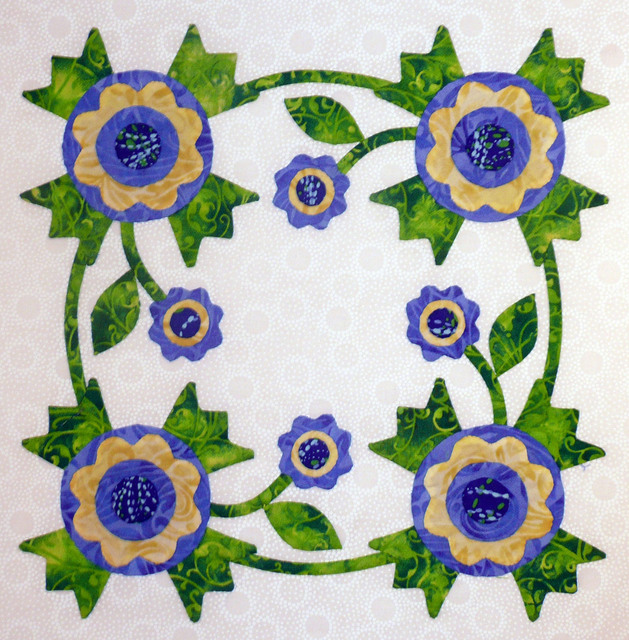
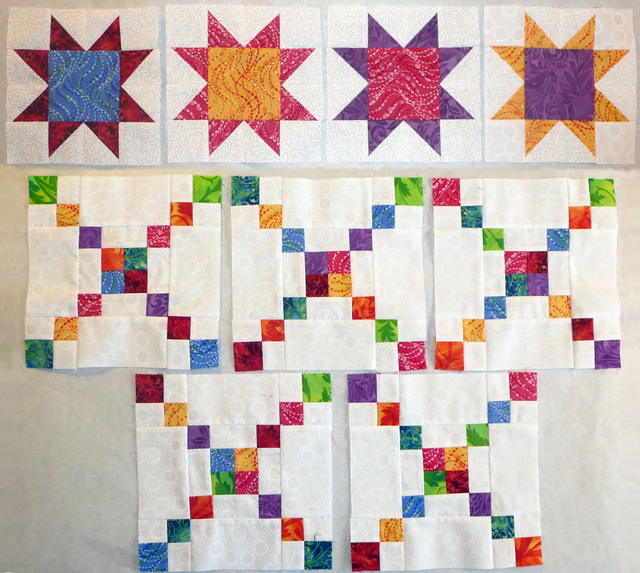



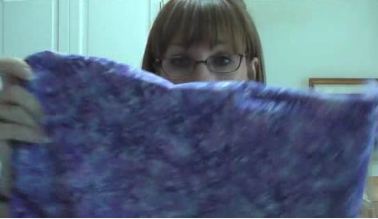
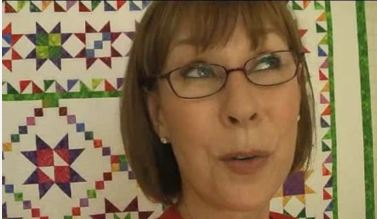
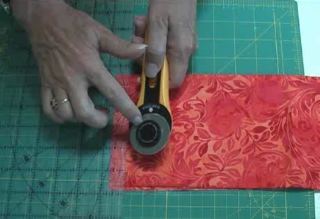

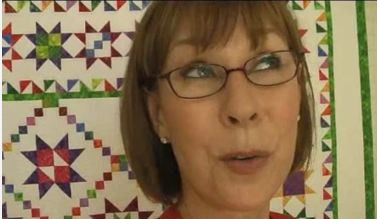
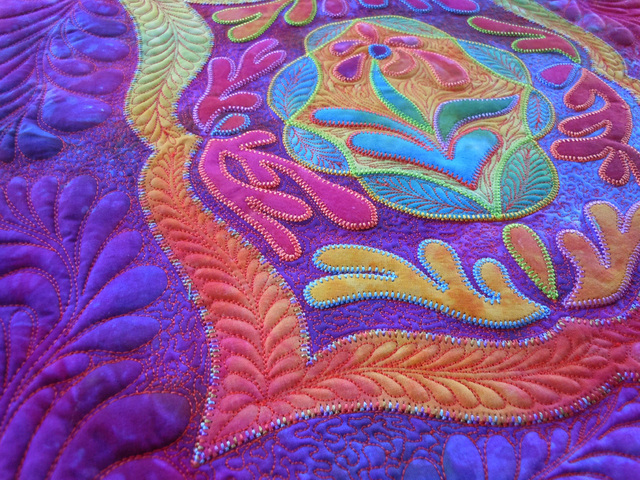
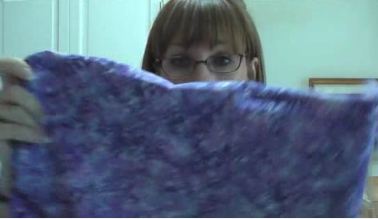




.jpg)


